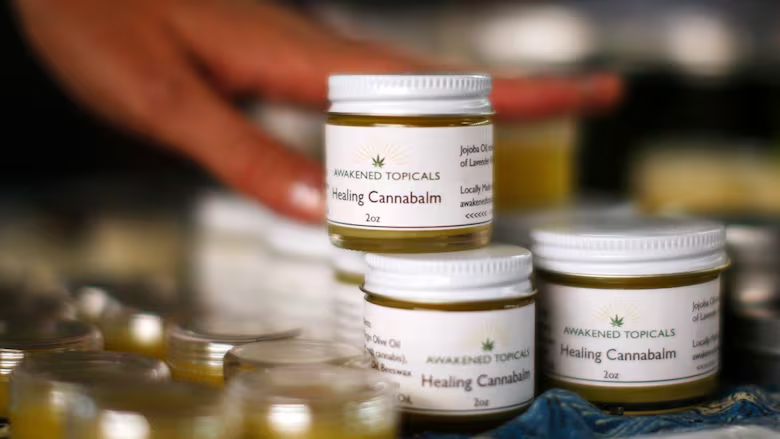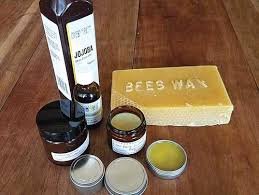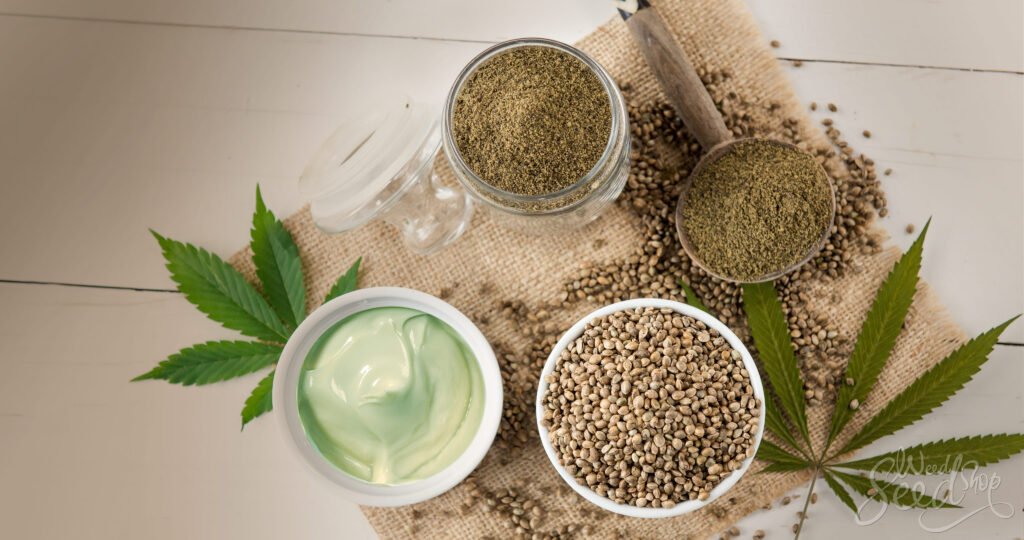Cannabis isn’t just for smoking, vaping, or eating anymore. Topicals—creams, balms, and oils infused with cannabinoids—have become a go-to remedy for people seeking localized relief without the high. From soothing sore muscles to hydrating dry skin, cannabis topicals are one of the most underrated ways to benefit from the plant. Even better? You can make them yourself at home.
Whether you’re a skincare junkie, a massage therapist looking to upgrade your toolkit, or someone who just wants natural pain relief, this beginner’s guide will walk you through the basics of crafting your own DIY cannabis topicals.

What Are Cannabis Topicals?
Cannabis topicals are products you apply to your skin that contain cannabinoids like THC, CBD, or a blend of both. They’re designed for localized relief and typically don’t produce psychoactive effects because they don’t enter the bloodstream—unless you’re using transdermal patches, which are a different story.
Topicals are ideal for:
Muscle aches & joint pain
Inflammation
Skin conditions like eczema or psoriasis
Moisturizing and improving skin texture
Why Make Them at Home?
Making your own cannabis topicals gives you full control over what’s going on your body. You can:
Choose your preferred cannabinoid profile
Avoid synthetic fragrances or preservatives
Customize it with essential oils like lavender, eucalyptus, or peppermint
Save money compared to store-bought products

What You’ll Need
Here’s a basic ingredient list to get you started:
Cannabis flower or concentrate (high in THC, CBD, or both depending on your goals)
Carrier oil (like coconut oil, olive oil, or jojoba oil)
Beeswax (for a balm-like texture)
Essential oils (optional but recommended for scent and added benefits)
Double boiler or saucepan
Cheesecloth or fine strainer
Glass jar or tin for storage


Step-by-Step: Making Your Cannabis-Infused Oil
Decarboxylate Your Cannabis
Preheat your oven to 240°F (115°C)
Break cannabis into small pieces
Spread evenly on a baking tray lined with parchment
Bake for 30–40 minutes, stirring occasionally
Why this step matters: decarbing activates the THC and CBD so it can actually work when applied.
Infuse the Carrier Oil
Add your decarbed cannabis and oil to a double boiler
Simmer on low heat (not boiling!) for 2–3 hours
Stir occasionally
Strain through cheesecloth into a clean jar
Discard the plant material
Pro tip: The longer you infuse, the stronger the final product.
Create Your Topical
In a clean pot, combine:
1 cup of your infused oil
1/4 cup beeswax
Heat gently until beeswax is melted
Stir in 10–15 drops of essential oil (lavender for calming, peppermint for cooling, etc.)
Pour into containers and let cool completely
How to Use Cannabis Topicals
Apply a dime-sized amount to the affected area and massage it in. You can reapply as needed throughout the day. Most people notice relief within 15–30 minutes.
Great use cases:
Post-workout soreness
Tension headaches (applied to temples and neck)
Dry, irritated skin
Menstrual cramps (massaged into the lower abdomen)
Tips for Success
Store in a cool, dark place to preserve potency
Always label your DIY topicals with cannabinoid content and date made
Try small test patches to check for skin sensitivity
Adjust oil ratios for a firmer or creamier texture
Making your own cannabis topicals is easier than you think—and once you start, you may never go back to store-bought. With a little time and the right ingredients, you’ll have a personalized product that soothes, heals, and smells amazing.
Want to take it a step further? Try infusing shea butter or experimenting with full-spectrum vs. isolate CBD oils. The possibilities are endless—and your skin will thank you.
